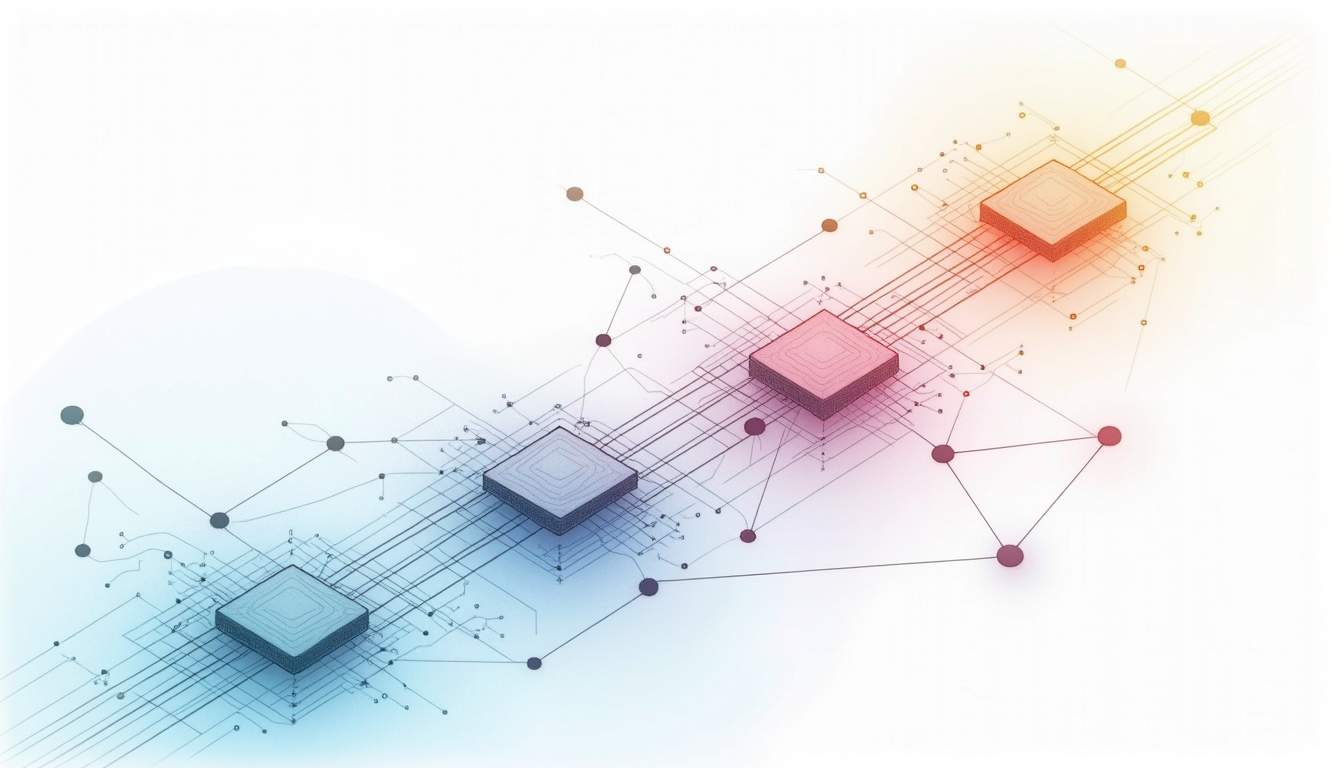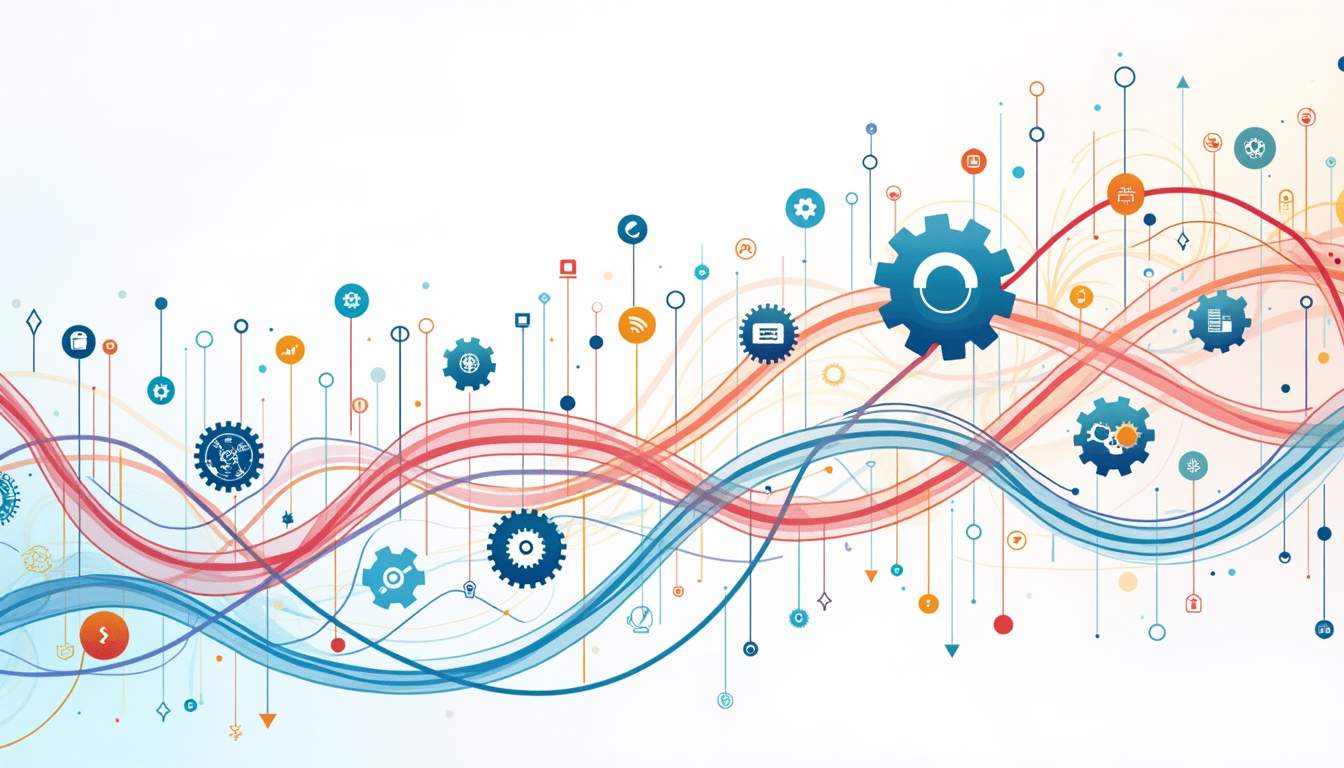Mastering DApp Development: A Guide
Jason Li

"DApp, short for decentralized application, is transforming the technology ecosystem by ensuring transparency, preventing single points of failure, and increasing user control over data. DApp operates on blockchain technology - an open, distributed ledger of data managed by a peer-to-peer network. Decentralization has led to the reduced impact of a single point of failure, enhanced safety features, and a heightened level of customization. DApp development has become an essential skill for current and aspiring developers.
Understanding blockchain is the first step towards DApp development. Blockchain is a chain of blocks, wherein each block records transactions and connects to the preceding block by a hash function. It is a data structure known for its ability to prevent data modification once recorded. This feature makes blockchain an ideal base for applications that require transparency and security, such as financial services and healthcare.
There are several tools and technologies useful for DApp development. You'll want to familiarize yourself with Solidity, which is a programming language used to write smart contracts on Ethereum Blockchain. Other popular tools include Truffle, which is a testing framework and Geth - a command-line interface for running an Ethereum node. Familiarity with Javascript or Python is also useful.
In DApp development, you'll design both the front-end and back-end. The front-end, also known as the client-side, can be crafted using HTML, CSS, and JavaScript. It is the part of the application with which the user directly interacts. The back-end, also called the server-side, consists of the server that hosts the application, the database where it stores data, and the software that interacts with both.
There are four main characteristics that a DApp must fulfill. The first one is to run on a decentralized blockchain network to prevent a single entity from controlling the entire network. The second one is that the application's core codebase must be available to everyone, meaning it is open source. This allows for any potential flaws or errors to be found and fixed quickly. Also, any updates made must be decided by the consensus, or the majority of users. The third feature is that a DApp must use cryptographic tokens to reward network participants and for ensuring internal economic functioning. The fourth one is that it must generate tokens according to a standard algorithmic system.
While DApp development comes with its set of challenges, the advantages are compelling. Distributed applications eliminate the risk of a single point of failure, increasing the application's overall reliability. Because DApps are built on blockchain technology, they also offer a high degree of transparency. Users have total control over their data and records, empowering them to trust DApps more than conventional apps.
In conclusion, DApp development signifies a new era in the technology landscape, promising developments in various sectors like finance, healthcare, supply chain, and more. Aspiring developers should invest time in understanding blockchain and related technologies to propel their skills and career in this thriving field. They should remember that every DApp must adhere to the four main characteristics of being open-source, decentralized, incentivized, and algorithm-generated. As we step towards a more decentralized world, DApps continue to uphold the ethos of transparency, security, and user control."
.svg)






